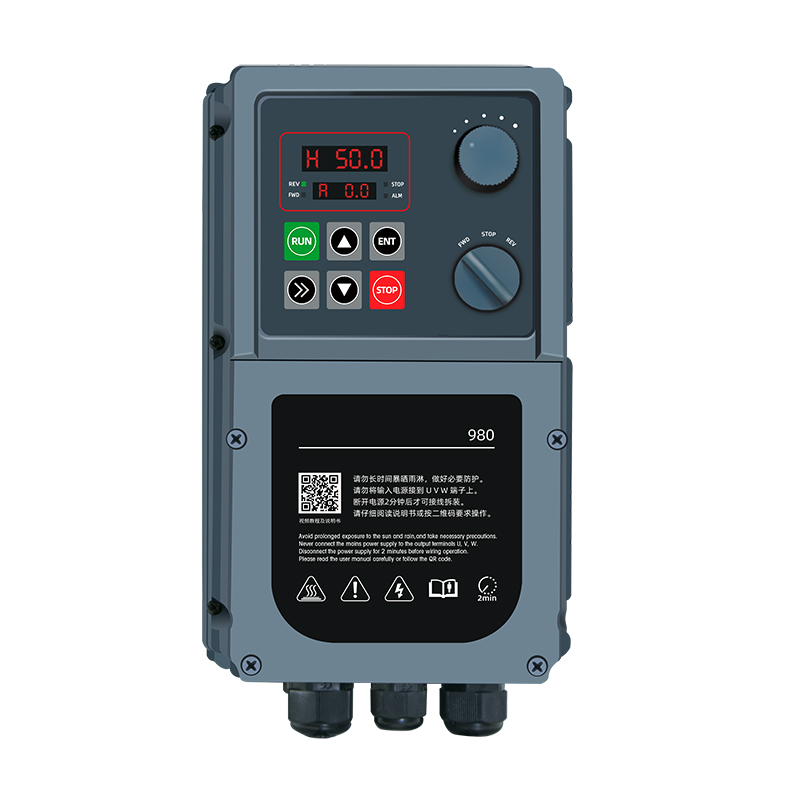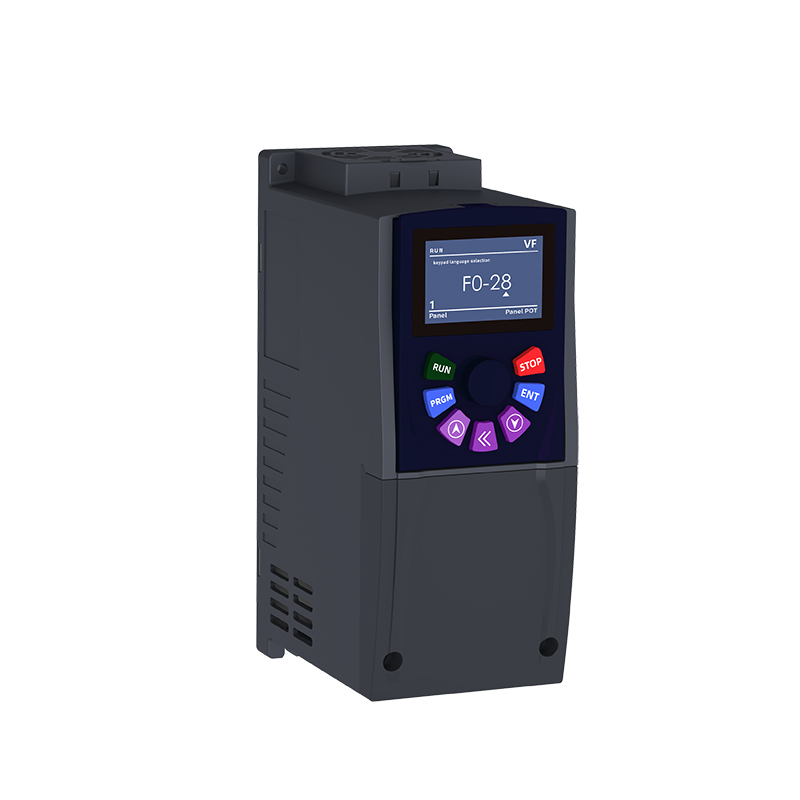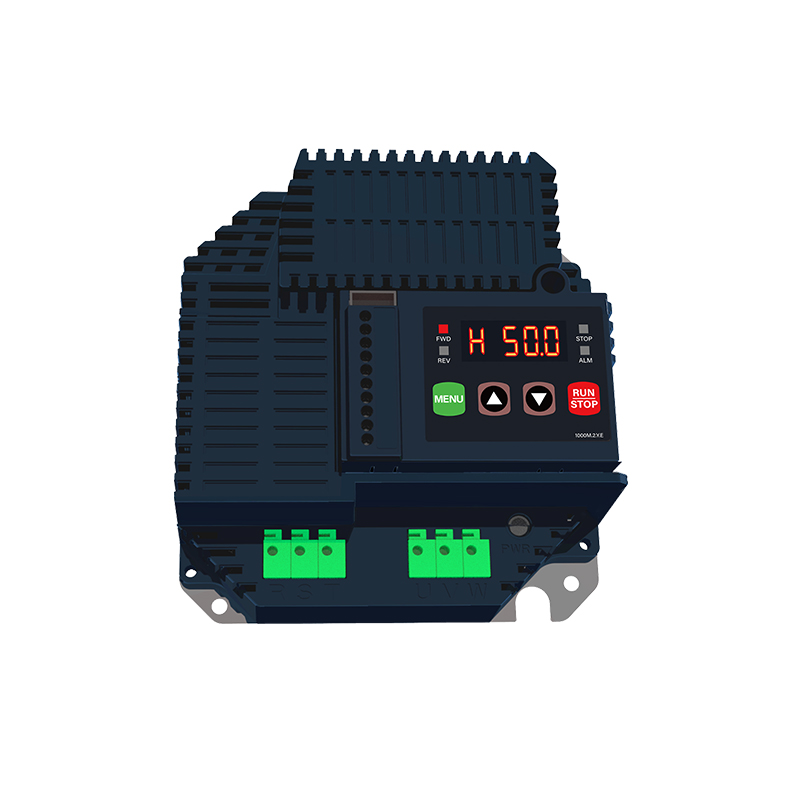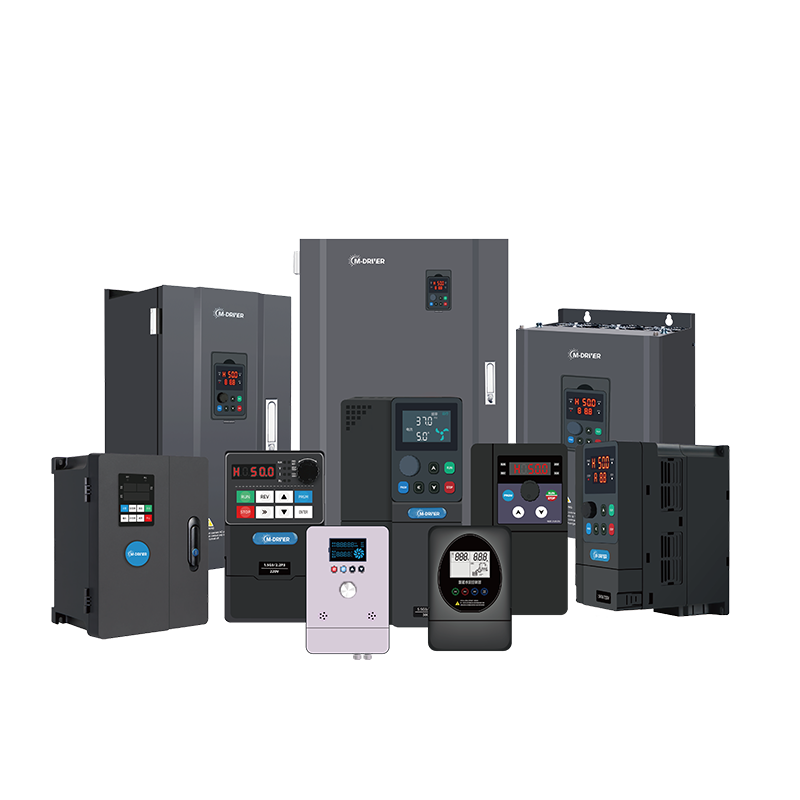Stacker cranes are critical equipment in automated storage systems, primarily used for the vertical and horizontal movement of goods. With the continuous advancement of industrial automation technology, the application of inverters in stacker cranes has become increasingly widespread. By precisely controlling the speed and torque of motors, inverters significantly enhance the operational efficiency, stability, and energy-saving performance of stacker cranes. Below is a detailed analysis of the specific applications and advantages of the M-driver 900 series inverter in stacker cranes.
1. Working Principles and Requirements of Stacker Cranes
Stacker cranes mainly consist of horizontal travel mechanisms, vertical lifting mechanisms, and fork extension mechanisms. Their core function is to achieve precise positioning and efficient movement of goods. The operational characteristics of stacker cranes include:
Frequent Start-Stop Operations: Stacker cranes need to complete acceleration, deceleration, and positioning operations within short time frames.
High-Precision Positioning: The placement of goods requires minimal error, typically controlled within millimeter-level accuracy.
High Load Capacity: They must carry heavy loads while maintaining smooth operation.
Energy Efficiency Requirements: During prolonged operation, energy consumption must be reduced to save costs.
Traditional stacker cranes often use contactors or relays for control, which can lead to issues such as high startup impact, low positioning accuracy, and high energy consumption. The introduction of inverters provides an effective solution to enhance the performance of stacker cranes.
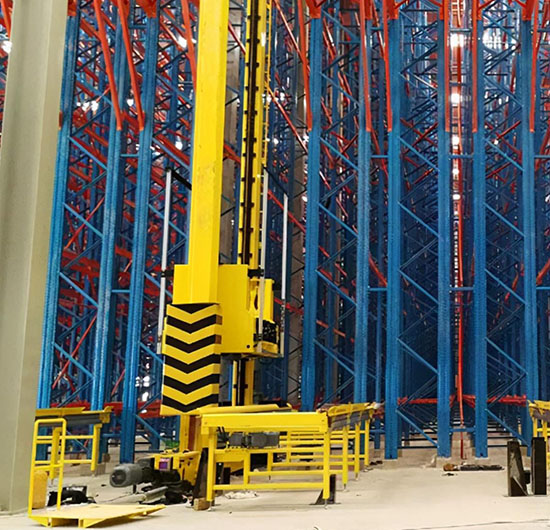
2. Application Scenarios of the M-driver 900 Series Inverter in Stacker Cranes
Horizontal Travel Control
The horizontal travel mechanism of stacker cranes is typically driven by a motor. The inverter adjusts the motor speed to achieve smooth acceleration and deceleration, avoiding mechanical impact during startup.
Case Study: In a logistics warehouse, after adopting the M-driver 900 series inverter for horizontal travel motor control, the positioning accuracy improved from ±10mm to ±2mm, while mechanical wear was reduced.Vertical Lifting Control
The vertical lifting mechanism of stacker cranes requires precise positioning under high load conditions. The M-driver 900 series inverter achieves accurate motor speed regulation through closed-loop control (e.g., encoder feedback), ensuring smooth lifting and lowering of goods.
Case Study: In an e-commerce warehouse, after introducing the M-driver 900 series inverter, the lifting speed increased by 20%, and energy consumption decreased by 15%.Fork Extension Control
The fork extension action needs to be fast and smooth. The M-driver 900 series inverter reduces vibration and impact during fork movement through soft start and soft stop functions, extending equipment lifespan.
Case Study: In a manufacturing facility, after adopting the M-driver 900 series inverter, the failure rate of the fork mechanism decreased by 30%.
3. Advantages of the M-driver 900 Series Inverter in Stacker Cranes
Improved Operational Efficiency
By precisely controlling motor speed and torque, the inverter enables stacker cranes to respond quickly to operational commands, reducing goods handling time.Enhanced Positioning Accuracy
Combined with encoders or photoelectric sensors, the inverter achieves closed-loop control, ensuring precise positioning in both horizontal and vertical directions.Energy Savings
By adjusting motor speed, the inverter avoids energy waste during full-speed operation, significantly reducing energy consumption.Reduced Mechanical Impact
The soft start and soft stop functions of the inverter effectively reduce mechanical impact during start-stop operations, extending equipment lifespan.Increased System Reliability
With overload protection, overheating protection, and other features, the inverter prevents equipment failures, improving system stability and reliability.
4. Technical Features of the M-driver 900 Series Inverter in Stacker Cranes
Closed-Loop Control
Using encoder or sensor feedback signals, the inverter achieves precise positioning and speed control for stacker cranes.Multi-Speed Control
The inverter supports multi-speed operation modes, automatically switching speeds based on different operational phases (e.g., acceleration, constant speed, deceleration).Energy Feedback Function
Some high-end inverters support energy feedback, feeding energy generated during braking back into the grid, further improving energy efficiency.Integrated Communication Interfaces
The inverter typically supports multiple communication protocols (e.g., Modbus, Profibus, EtherCAT), facilitating integration with upper-level computers or PLC systems for intelligent control.
5. Application Cases
Case 1: Inverter Upgrade for Stacker Cranes in an E-Commerce Warehouse
Problem: The original stacker crane used traditional control methods, resulting in low positioning accuracy, high energy consumption, and frequent failures.
Solution: Introduced the M-driver 900 series inverter with encoder-based closed-loop control.
Results:
Positioning accuracy improved from ±10mm to ±2mm.
Energy consumption reduced by 20%.
Equipment failure rate decreased by 40%.
Case 2: Stacker Crane Upgrade in an Automotive Parts Warehouse
Problem: The stacker crane experienced significant vibration during high-speed operation, affecting goods safety.
Solution: Adopted the M-driver 900 series inverter and optimized motor control parameters.
Results:
Operational stability significantly improved.
Goods damage rate reduced by 50%.
Maintenance costs decreased by 30%.
6. Future Development Trends
Intelligent Upgrades
With the development of IoT technology, inverters can integrate with remote monitoring systems to enable remote control and fault diagnosis for stacker cranes.High-Efficiency Energy-Saving Technology
Future M-driver 900 series inverters will adopt more efficient power modules and control algorithms to further reduce energy consumption.Multi-Machine Collaborative Control
In large-scale storage systems, multiple stacker cranes need to work collaboratively. Inverters can achieve load balancing through multi-machine collaborative control technology, optimizing overall operational efficiency.
7. Conclusion
The application of the M-driver 900 series inverter in stacker cranes not only addresses the high energy consumption and low precision issues of traditional control methods but also significantly improves equipment efficiency and reliability. As inverter technology continues to advance, its application in the stacker crane field will become even more widespread, providing strong support for the intelligent upgrades and energy-saving goals of automated storage systems. In the future, the integration of inverters with artificial intelligence, big data, and other technologies will further drive technological innovation in the stacker crane industry.


